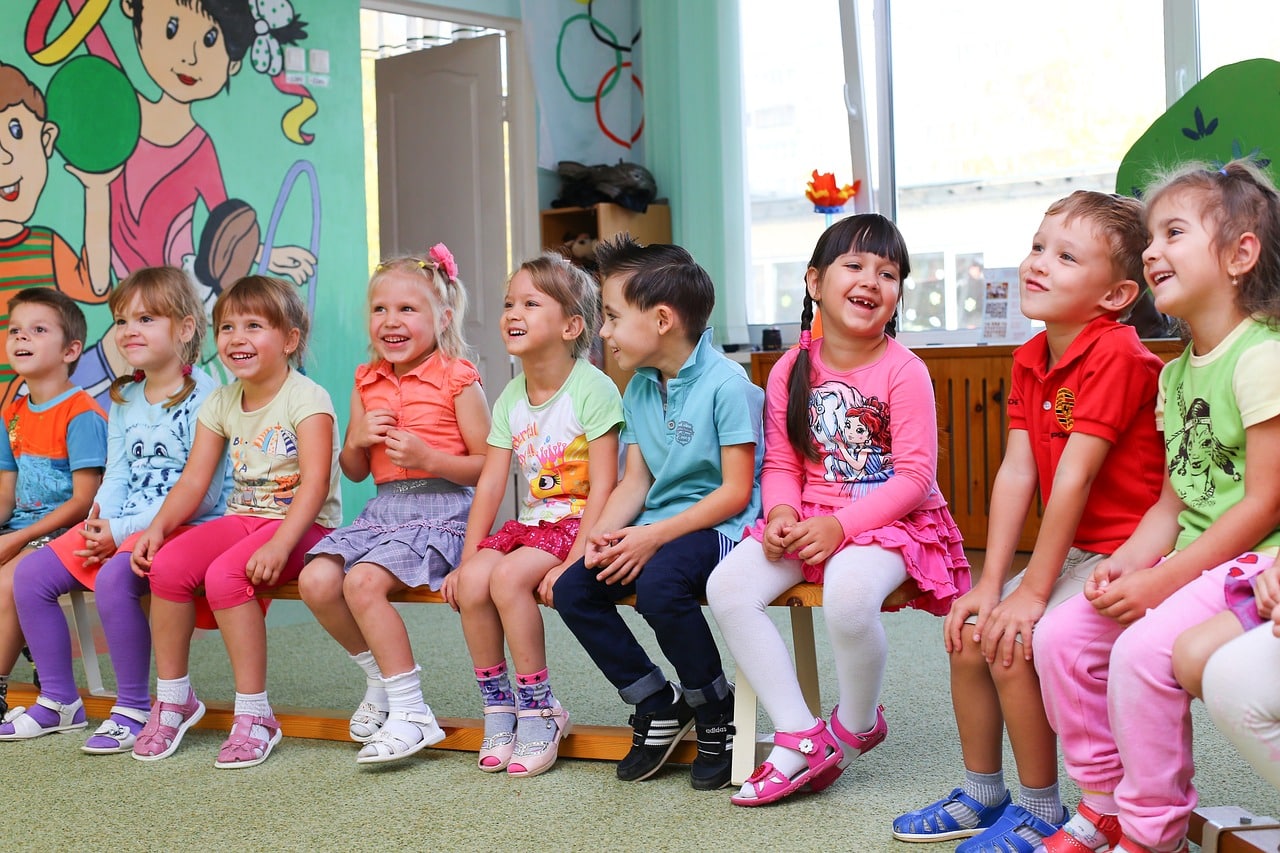ECI Project with AWO
Aside from the numerous scientific contributions, conferences, and event offerings, the E-commerce Institute Cologne also works on practical tasks for customers throughout Germany. A current project that our project managers are handling is being developed in collaboration with the Workers’ Welfare Association (AWO) Germany. The aim here is to demonstrate new ways of recruiting employees for childcare through (online) marketing.
Our project leader, Alina Bonk, who works on the project for the AWO together with Leander describes their efforts as follows: ‘In short, a situational analysis was conducted to illuminate the current state (IST-Zustand) of the AWO in the context of the market and competition regarding personnel marketing. Furthermore, this illustrated how comparable childcare facilities operate on various social media channels, and improvement suggestions for the AWO could be derived. Subsequently, based on these findings and considering the required target state, content ideas as well as a ‘Tool Box’ were developed, which can be used in the future for the management of social media channels such as Instagram, Facebook, LinkedIn, or TikTok, thus providing the AWO with tools to more efficiently utilize their channels for employee recruitment.”

About the Company
The Workers’ Welfare Association (Arbeiterwohlfahrt – AWO) is a nationally organized association. AWO NRW is divided into four districts, which are further divided into so-called sub-districts. The AWO UB Ruhr-Lippe-Ems (AWO RLE) is part of the Western Westphalia district.
“Our motto is ‘With the people, for the people.’ AWO Ruhr-Lippe-Ems is responsible for the professional work of around 2,600 employees in over 170 facilities of AWO and its subsidiaries: Bildung+Lernen gGmbH, DasDies Service GmbH, and AWO Gebäudeservice GmbH in the districts of Unna and Warendorf, as well as in the city of Hamm. You can learn more about us here.
The AWO district associations Hamm, Unna, and Warendorf, along with their 38 local branches, organize the voluntary association work of around 4,100 members. Further information about our membership association can be found here.
With our services and offerings, we support around 10,000 people in the region. For further information, please click on one of the following life situations. There you will also find a contact person.”
Current Situation
AWO RLE is also heavily affected by the shortage of skilled workers. At the current time, not all positions in childcare are filled. Due to the prevailing personnel situation, the company is forced to rely on temporary employment agencies just to maintain the operation of childcare facilities. This situation is absolutely contrary to the company’s principles but is currently unavoidable. Furthermore, due to the shortage of staff, the opportunity for existing staff to participate in further training and qualification is greatly restricted. This tense situation creates high pressure for existing staff and leads to dissatisfaction among parents due to limited childcare services.
The company’s image and the field of work are somewhat “outdated.” Additionally, internal quality management processes and resulting standards can deter applicants, as they often assume they will have increased workload. AWO pays according to TV AWO NRW, which is based on TVÖD (collective agreement for public service employees in Germany), but does not fully reach its salary levels. As a result, potential applicants assume that AWO pays its employees poorly. However, this is not the case due to the existing collective agreement.
Previous Measures
Since the company is well aware of this issue, the “Companion” campaign was launched in 2018. With the slogan “Little explorers seek companions,” they have been searching for new talents for their 62 childcare facilities since 2018. A relaunch of the campaign took place in 2021. Additionally, a Flexi-Fair team, which can relieve institutions with acute staffing shortages, has been implemented.
Due to the size of the company, this project will focus only on the childcare sector.
The childcare sector is represented at numerous trade fairs and has rented two billboards for the campaign. Regular but moderately successful reporting on the childcare sector is also done on the company’s social media channels. The company has recently joined TikTok, in addition to Facebook and Instagram, to reach this target group. Since these accounts are corporate accounts, options are very limited due to legal restrictions. Another aspect is the style of communication. Entertaining communication, especially on TikTok, is desired, but care must be taken to ensure that it is not discriminatory or derogatory.
Currently, the company has 728 likes and 835 followers on Facebook. On Instagram, 739 followers are following the company. On TikTok, there are 188 followers and a total of 895 likes for the posts.
Issues
The sub-district of AWO RLE is geographically extensive and often rural. Therefore, urban areas cannot be spoken of (edge of the eastern Ruhr area). And additional travel distances may need to be taken into account. The sub-district is located between the cities of Dortmund and Münster, with Hamm in Westphalia being the largest city in the sub-district. Also, the facilities are not always easily accessible by public transport, making it unattractive for young people without cars to work there.
Unfortunately, AWO cannot measure how many people have taken a job with them due to the measures described above.
Since it is a non-profit organization that is not allowed to generate profits, there is no specific communication budget.
It is particularly challenging to recruit staff for the Warendorf district. Especially for Ostbevern or Telgte, which are in direct peripheral locations to the city of Münster.
Desired State
It would be desirable to have a strategy that, taking into account the above-mentioned issues, demonstrates concrete online and offline measures for the childcare sector. These should aim to make the company, or the childcare sector as a whole, better known and more attractive. The company no longer wants to be seen as “old-fashioned” and “uncool.” It wants to be perceived as a modern and attractive employer, which should be reflected in the recruitment of new staff. A strategy to increase the reach on social media channels could also contribute to this goal.